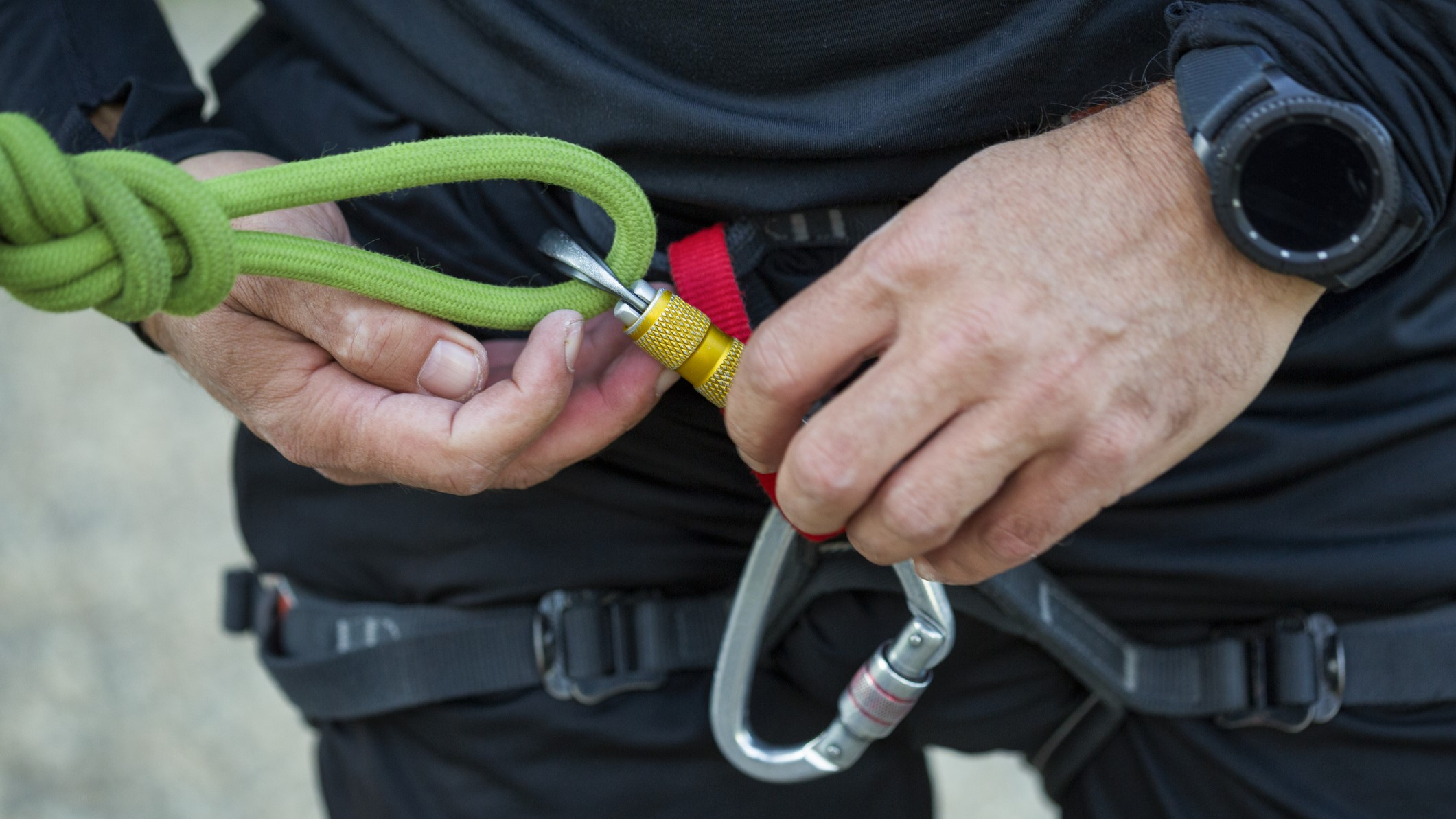
Garmin has already launched its first watch of 2024, the tiny Garmin Lily 2, but what else does it have in store this year? The company is running a tight ship, and leaks are few and far between, but we might be able to glean some ideas from the patents it's registered over the last few years.
Of course, a patent isn't a guarantee that a product will actually come to market, but they can provide a fascinating insight into the thinking happening behind the scenes. We've trawled through Garmin's patent applications from the last 10 years, and the results are fascinating.
AMOLED displays with solar charging
The best of both worlds
We've seen a big shift towards bright and bold AMOLED displays rather than memory-in-pixel (MiP) in recent months, but until now there's been a compromise: if you choose AMOLED, you have to forego solar charging, and therefore accept shorter battery life. As Garmin explains in several patent applications, placing a layer of photovoltaic cells (which convert sunlight into electricity) over an AMOLED screen makes it look dim and muddy, so an alternative solution is needed.
The company has made several patent applications that describe a way of integrating photovoltaic cells into the display itself. An AMOLED display is made up of subpixels (red, green, and blue), which emit light independently. The idea is to place rows of photovoltaic cells in between these subpixels, giving users the best of both worlds.
Achieving this won't be easy, partly due to metal oxidation, which would increase resistance and make the solar cells less efficient, but the company's engineers have proposed some interesting manufacturing processes to remove the oxidation without resorting to expensive processes like gold-plating.

Dynamic watch interfaces
A flipping useful idea
All the latest inspiration, tips and guides to help you plan your next Advnture!
This is an older patent (number 10324538), but an interesting one. It describes a method for changing the interface of your watch based on orientation.
When you first set up your Garmin watch, you're asked to confirm which wrist you'll be wearing it from, and the display will adapt accordingly so the interface won't be upside down if you wear it on your right wrist, but occasionally you may want to switch it over (if you injure your hand, for example). An adaptive display would change the orientation of the interface automatically, so you could switch wrists on the fly without changing any settings.
"This may include rotating the UI [user interface] to avoid presenting information upside-down or otherwise compensating for information displayed to present information in a manner that is more aesthetic or more easily interpreted," the patent explains.
If your watch has the same number of buttons on each side, their functions could also be swapped if you wear your watch the other way up, so the interface is consistent.
It's interesting that Garmin hasn't implemented such a system already, but it would be a welcome addition to any watches released later this year.
Drowsiness detection
Wakey, wakey
Patent US10966647B2 describes a way your watch's optical heart rate sensor could be used to detect if you're starting to nod off, and warn you with a beep or a haptic buzz. The company suggests that it could be useful when you're behind the wheel, but could also be handy in other situations (like during particularly dull lectures or PowerPoint presentations).
"Based upon the drowsiness level various alerts and other remedial actions may be provided," Garmin's documentation explains. "For example, the device may be configured to determine when a user is driving and provide vibration and auditory alerts if the user is drowsy."
Last year Garmin introduced nap detection and Sleep Coaching, and a warning if you're getting drowsy would fit in nicely alongside these.
Blood pressure tracking
The silent killer
High blood pressure (hypertension) is known as the silent killer, often presenting no symptoms, but putting you at increased risk of heart disease, heart failure, and stroke, so it's no surprise that many smartwatch manufacturers have developed way to help wearers keep track of changes.
These watches use two optical heart rate sensors to estimate changes in blood pressure. They do so by measuring how long it takes a pressure wave created by a heartbeat to travel between two points along an artery (known as pulse transit time, or PTT). These watches still to be configured regularly using a conventional blood pressure monitor for accuracy, and they aren't medical devices.
So far no Garmin watches offer blood pressure monitoring, but patent US 20170238819 A1 describes how they could do so, while minimizing interference as a result of you moving your arm. Your watch could also use your PTT data to estimate the stiffness of your articles, and by extension your 'vascular age index'.

Rock climbing navigation
Send it!
Garmin's indoor climbing activity profile is pretty good, but patent US 20160299230 A1 explains how your watch could track outdoor climbs too, calculating the angles of the rock face as you climb based on the orientation of the watch, and combining this with the elevation to build a profile of your climb.
The watch could also keep track of bolt locations for sport or trad climbing, which could be added to a crowdsourced database for other climbers to use. "By storing the location of bolts, calculated angles between bolts, calculated distances between bolts, and/or measured sensor metrics, the rock climbing watch may store rock climbing navigational data may include rock climbing route segments extending between rock face locations," Garmin's documentation explains. "The rock climbing navigational data may be used by other climbers as a guide when traversing the same rock face."
I could see this being incorporated into a future iteration of the tough Garmin Epix, or perhaps even a new Marq device specially designed for climbers. It would certainly provide stiff competition for the climber-friendly Coros Vertix 2.
- The best GPS watches: all the top models from Garmin and more, tested

Cat is the editor of Advnture, She’s been a journalist for 15 years, and was fitness and wellbeing editor on TechRadar before joining the Advnture team in 2022. She’s a UK Athletics qualified run leader, and in her spare time enjoys nothing more than lacing up her shoes and hitting the roads and trails (the muddier, the better), usually wearing at least two sports watches.
